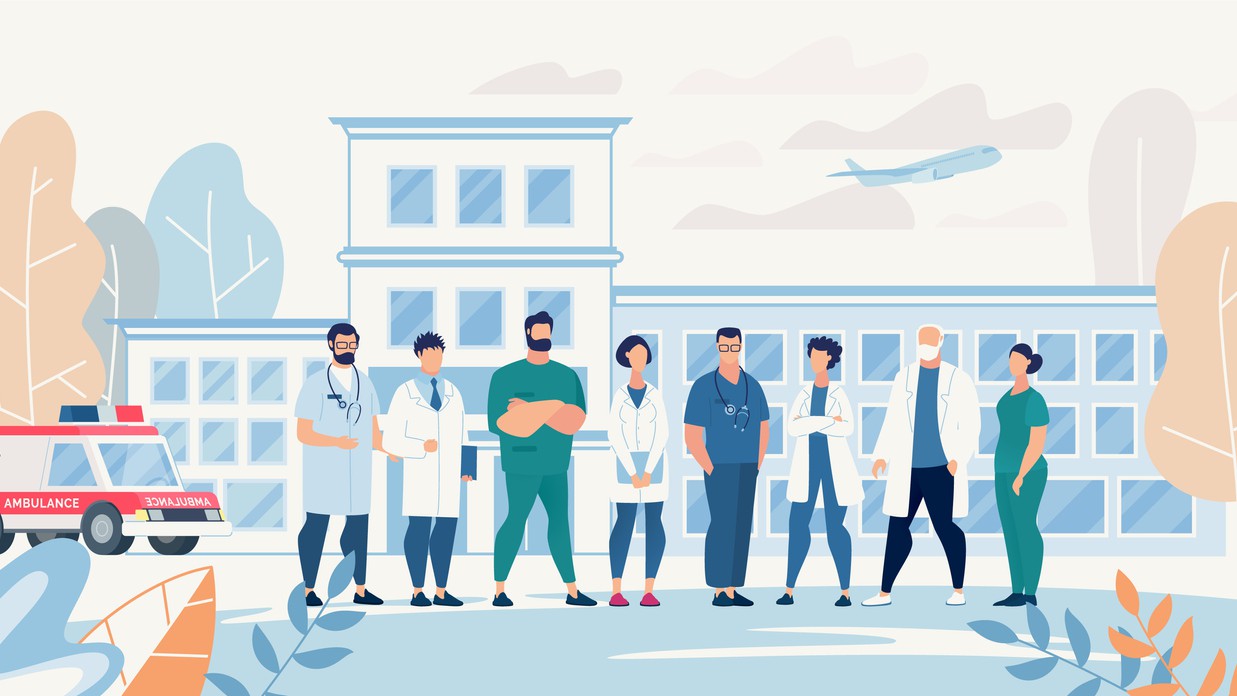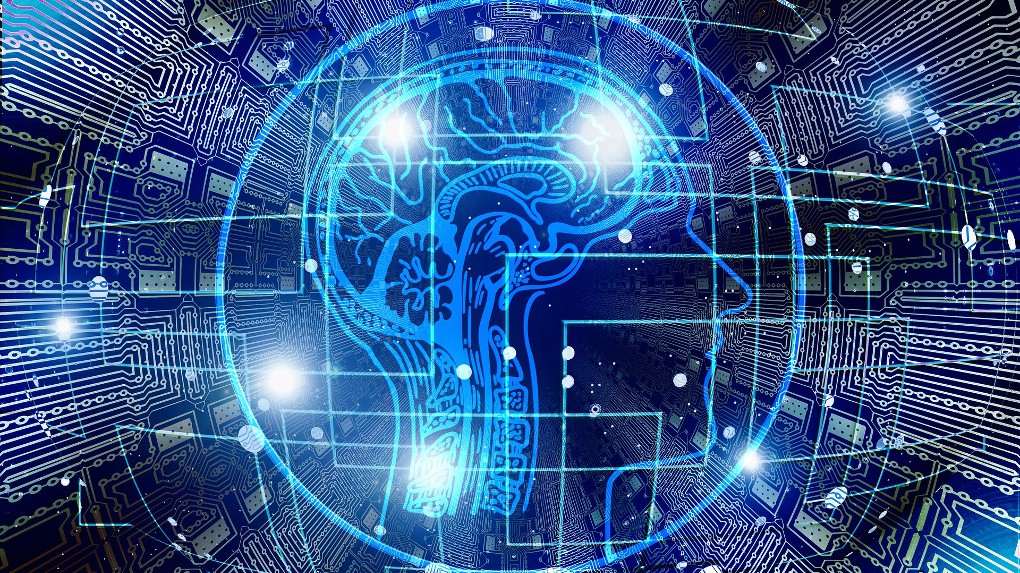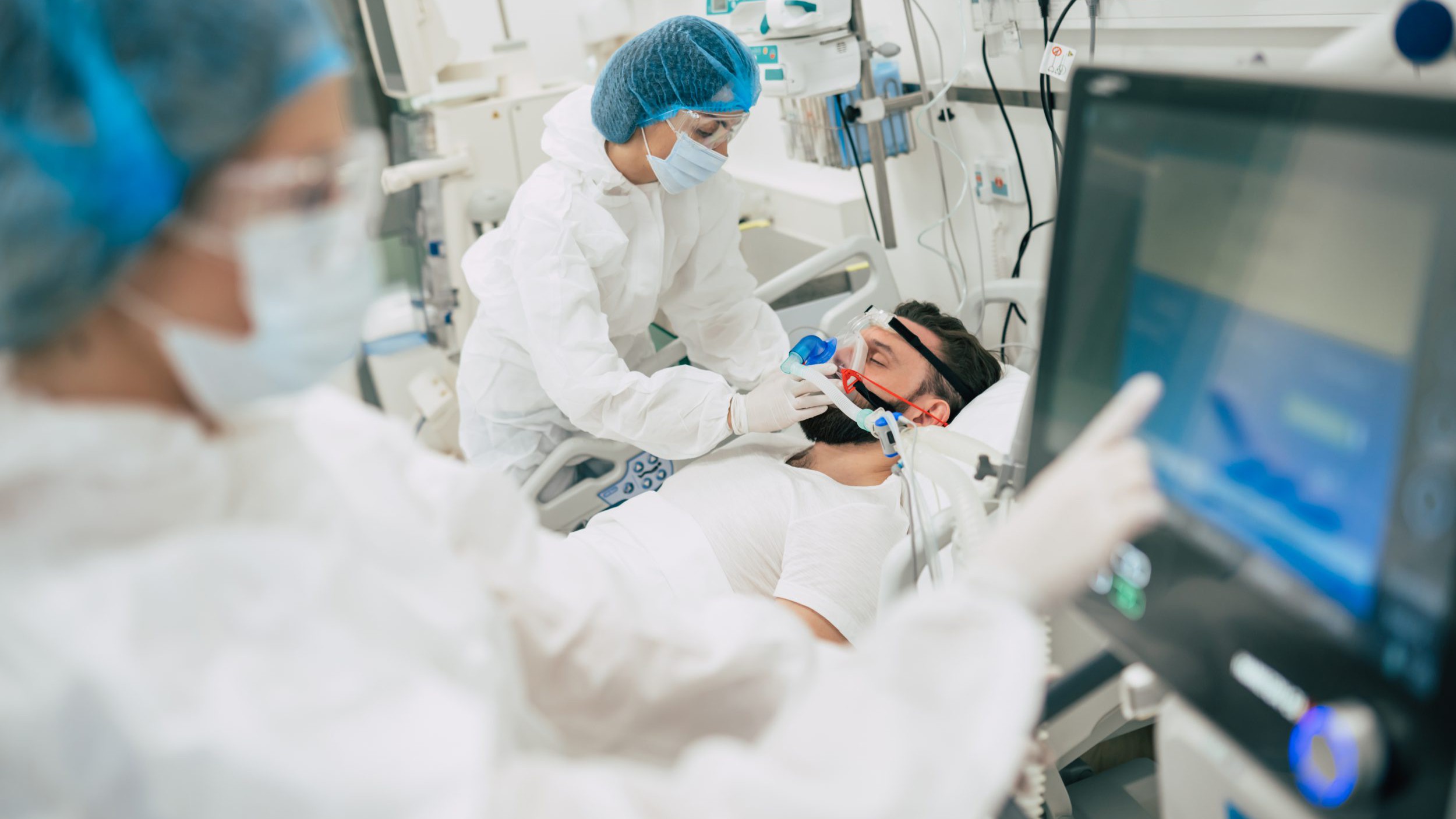Hurricanes are in the news right now and are a real danger for millions of people on the east coast of the United States.
However, disaster can strike tragically at any time, from multiple different vectors: earthquake, flooding, storms, tornadoes, and snow. Unfortunately, recent data shows that disaster preparedness, especially in the healthcare industry, isn’t scoring as well as many would have hoped.
So how can healthcare make greater strides toward preparedness? What are the real dangers, and how can administrators and clinicians on all levels of the healthcare industry combine modern communication, battery-powered medical computers, and data analysis to protect patients during a large-scale disaster?
Disaster Prep Needs Work
Article Guide
Unfortunately, the level of disaster preparedness in the United States received a 6.7 out of 10 in 2019, according to the standards set by the National Health Security Preparedness Index.
The index covers over 100 measures of preparedness on every scale of potential disaster mitigation, survival, and recovery.
Of course, there are large swaths of the NHSP index that have nothing to do with healthcare. The index grades infrastructure, too, including things like bridge and road conditions in the area being assessed. They test the quality of the water supply to the area, both the water itself and how robust and safe the delivery system is. So don’t get the impression that healthcare is to blame for the low score, or that healthcare is 100% in charge of repairing it.
However, the index does outline that the sections that scored the lowest were “Healthcare Delivery” and “Community Planning & Engagement.” Both of which can definitely be improved by more coherent strategies, logistical improvements, and more robust and versatile medical devices.
Not all is lost: there’s actually been a 3% improvement on the NHSP Index from last year. And continued investment in backup technology and disaster recovery can only lead to greater heights of safety and assuredness in the face of any unexpected event.
Power Loss and Battery-Powered Computers
Losing power is one of the first and most common occurrences in any natural disaster.
And, to make matters worse, the United States power grid isn’t in the best condition. Much of it was built years ago. The Infrastructure Report Card described it as “aging and complex patchwork system of power generation facilities, transmission, and distribution (T&D) grids, local distribution lines, and substations.” Hardly a ringing endorsement.
And while hospitals are required by law (in most areas) to have backup generators to keep the most crucial equipment running, those generators are sadly no guarantee. Just recently, in August of 2019, Ipswich Hospital in Suffolk, England suffered a generator failure due to a faulty switch battery, even though both the generator and the switch battery had been tested just days before. In February of 2019, water leaking into a fuel line caused a hospital in Halifax, Nova Scotia to go dark when their generator failed. It isn’t hard to find dozens of other examples in the last year alone.
One of the safest disaster-preparedness solutions for a hospital is the deployment of medical cart computers with their own batteries. Powered carts for thin-client PCs and the like are fairly common, but they often have less than 10 hours of battery life, are slow to charge, and difficult to lug around.
Modern all-in-one computers, on the other hand, can have lightweight, hot-swappable batteries that last longer. This eliminates most of the issues of the powered cart, and often at a lower combined price once the cost of a non-powered cart is factored in.
Hospitals with these types of medical computers would be well-advised to constantly charge duplicates of the most critical devices’ batteries. Not only does this reduce general uptime of the device (since you can swap the batteries instead of having to plug the thing into the wall), it means that during a crisis or power-loss scenario, the battery life of critical medical computers and devices is effectively doubled.
How Prepared are Hospitals?
A recent ACEP poll found that hospital preparedness, specifically, could be better.
44% of hospitals polled said they had done some form of preparedness evaluation, while 22% said they hadn’t done any evaluation once the policies were in place. Even worse, 8% of hospitals claimed to have no disaster preparedness plans whatsoever. Only 13% of the polled hospitals reevaluated their disaster plans at regular intervals to account for changes in infrastructure and technology.
Those are sobering numbers, the kind that any hospital administrator should balk at.
In addition, a recent study found that healthcare disaster preparedness funding would have to increase by 50% nationwide to facilitate most of the regulations being placed on hospitals. This means that these disaster relief measures must be done surgically, pardon the pun, and the existing funds must be spent as efficiently as possible.
Community Engagement with Telehealth
Of course, hospitals don’t just have to deal with disasters or power outages in the facilities themselves.
During earthquakes and floods, people are often trapped in their homes and unable to reach medical services, even when they’re in great need. And while a teledoc service or app isn’t going to be the solution to true medical emergencies, having a pipeline to the nearest hospital can mean a lot for patients stuck in horrible situations.
First responders equipped with rugged medical tablets can administer first aid, access patient records over LTE or WiFi connections, initiate a telehealth session remotely, and even forward critical medical info to the ER while en route. Standing water is often an issue in disasters, which is a breeding ground for harmful bacteria.
Once critical care has been administered, hospitals and patients can conduct continued care through digital visits, helping patients avoid trying to navigate potentially hazardous roads and reducing the strain on hospitals and clinicians that are typically stretched even thinner than normal in disaster recovery situations.
Mental health generally takes a hit during disasters — the stress and trauma can end up being life-long. But when patients are in the thick of it and without access to doctors or psychiatrists, the wounds are even worse. Even long-distance therapy sessions for those either still in the disaster zone or those evacuated from their homes can literally save lives.
Expecting the Unexpected
As any hospital administrator knows, there’s only so much funding to go around, and there’s only so many ways one can expect the unexpected. This is why it’s so important that hospitals and other facilities take care of their most critical systems first.
A computer that can run long past the time when everything else has gone dark can be invaluable. The ability to reach out to patients who can’t get to medical facilities can make or break entire families.
To learn more about the battery-powered medical computers to make this happen, talk to a Cybernet representative today.
Would Your Hospital Be Ready for Medicare For All?
February 13, 2020
Universal healthcare has always been a buzz-inducing topic, one that’s only increased in discussion as we begin to see plenty of candidates in 2020 promise some version of “Medicare For All.” And whether you believe…
0 Comments9 Minutes
Is Your Hospital Ready for the Future of AI?
March 5, 2019
Leaps in computing power, programming abilities, and the web of interconnected devices has created a boom in artificial intelligence. A.I. will undoubtedly improve, disrupt, and alter every industry in the world,…
0 Comments9 Minutes
Medical Grade in Technology Explained
September 15, 2023
Is your hospital planning a major deployment of cutting-edge medical computers? At the forefront of your specifications is the requirement that they must be “medical grade.” But what exactly does…
0 Comments9 Minutes
You Can't
Learn from a Pop-up
But we can deliver knowledge to your inbox!
We dive deep in the industry looking for new trends, technology, news, and updates. We're happy to share them with you.
Knowledge, News, and Industry Updates Right in Your Inbox





